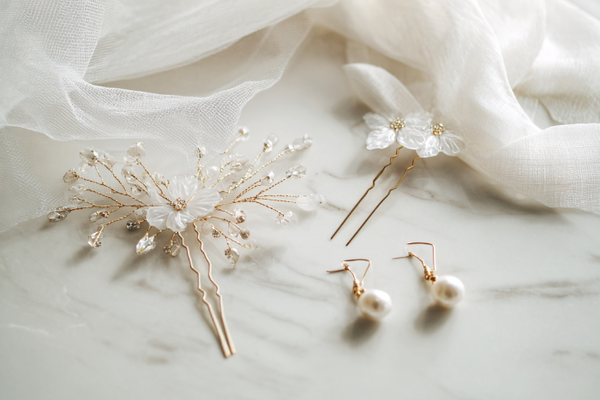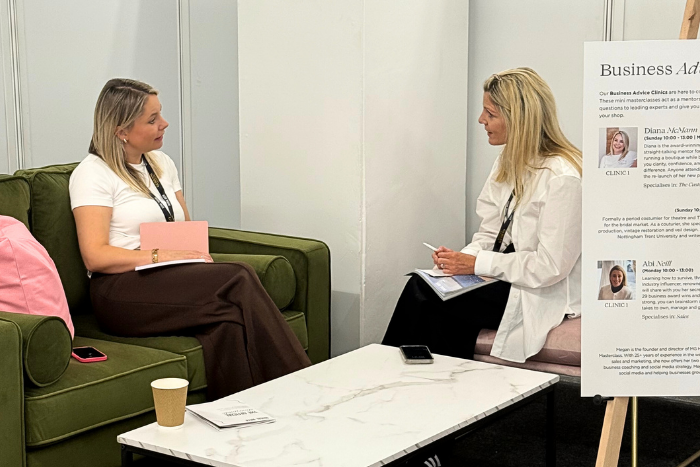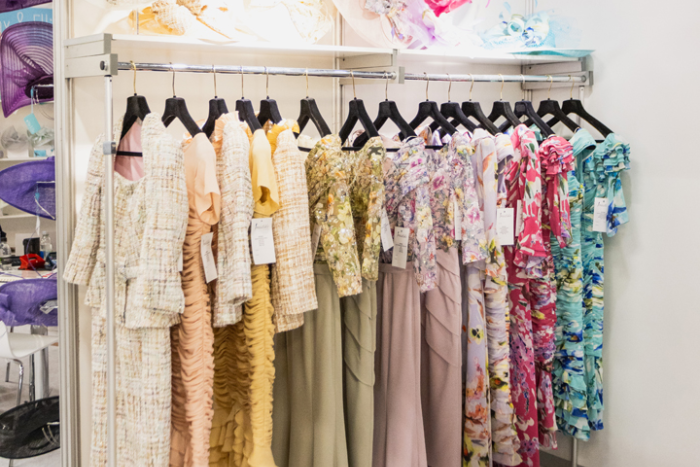Taking On a New Supplier: Everything You Need to Know
Sarah Rogers from Onlyway Bridesmaids shares her top tips on taking on new suppliers
Bridal retailers are consistently looking for new ways to expand their offering and keep up to date with their customers. Taking on a new supplier is great for business growth, but as with any business relationship, there are risks involved. So, how should you decide if they are the right fit for you?
Research
Research is key when deciding if a new supplier is suitable for your bridal shop. A little bit of investigation will tell you everything you need to know and may also reduce the risk of future issues. Check their social media accounts, websites and any other links to their business.
Companies’ House is a free easy tool and every retailer should be using it. If you are cautious about a new supplier then a quick search online will be able to clarify everything. The website allows you to see the entire history of the business, which will help you make an informed decision.
Sarah Rogers from Onlyway bridal said, “It extremely important to make an educated choice when taking on any new supplier. It may sound obvious but always ensure that a potential suppliers’ offering matches what they are actually selling.”
Five Suppliers Share their Relationships with Stockists
Ask Questions
Probably the most essential thing to do when taking on a potential supplier is to ask questions. In fact, the more questions, the better! Find out everything you need to know beforehand and don’t be afraid to ask difficult questions.
It’s important to ask questions about their collections. How many do they put out a year? Do they have a minimum order or spend? Do they have a local sales representative?
Sarah adds, “When I meet with potential new suppliers I tend to ask if they attend bridal trade shows like The Harrogate Bridal Show and London Bridal Fashion Week. I find that asking this question is a good indication and insight into how they perceive the UK bridal market.”
“If they do attend these trade shows you will have the opportunity to see their collections in real life, on models and catwalks and more importantly you will be able to see how they interact with their current suppliers.”
Referral From Other Boutiques
Another great way to find out more about new suppliers is to ask other boutiques. They will be able to give you a firsthand account of their experience. They may be able to give you information about dealing with the brand - how consistent the quality is and what the customer service is like.
“Referral from boutiques that already stock the supplier is a great way for you to get a clear perspective and insight into what it’s like to work with them. However, also bear in mind that some boutiques may have struggled to sell a certain designer but you may find it may sell well with your customers,” adds Sarah.
Read More: Supplier Viewpoint
Trust Your Gut
Sometimes trusting your gut is the best business tool you could have. If you’ve done all your due diligence and are still unsure, pay attention to your intuition. This hunch may be able to help you signal any risk or lack thereof.
“Suppliers are always excited to take on new stockists, so unless there is an urgency I’d advise for you to take your time. Take a step back and take some time to process all the information you have. If you still wish to do business with the supplier then follow your gut. After all, some of the most important decisions in life are made on instinct,” says Sarah.
As a retailer, taking on a new supplier can be both an exciting and nervous time. Because there is no solid rule book, a lot of it can be trial and error and somewhat of a learning curve for your business. However, following the above advice will help in making the entire process that little bit easier.
If you want more business advice like this, take a look at Adam Bernstein’s advice on how to keep customers interested in shopping locally.











